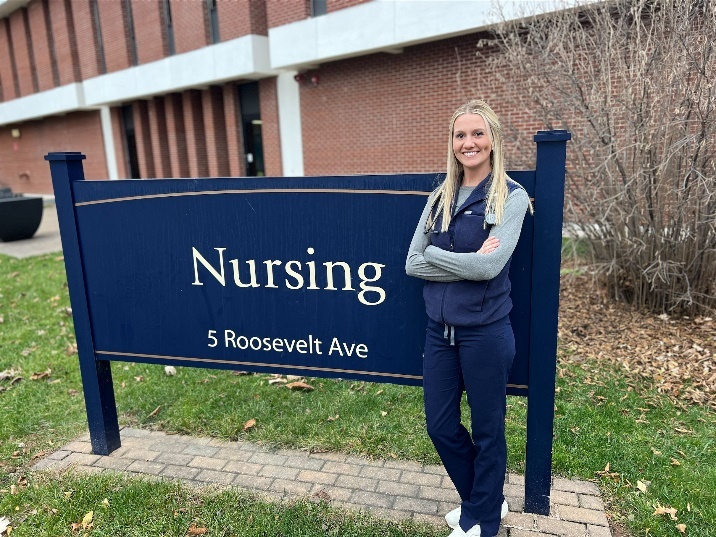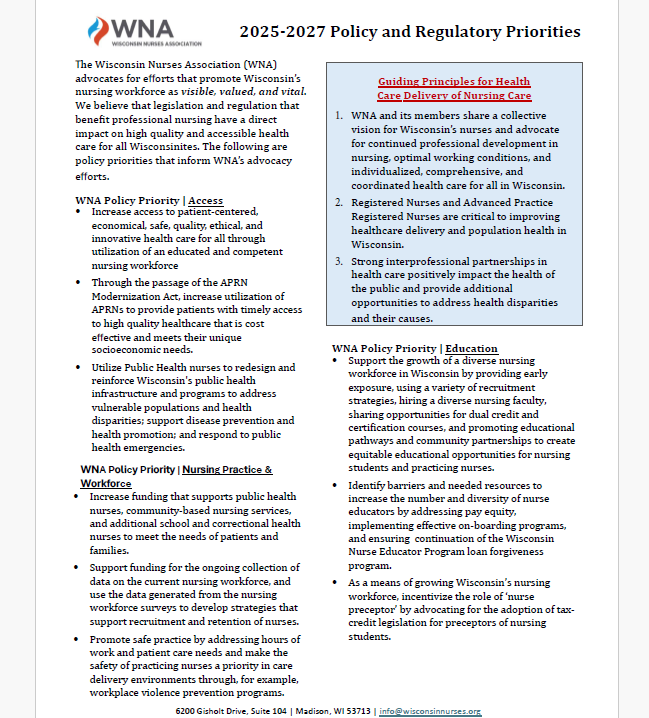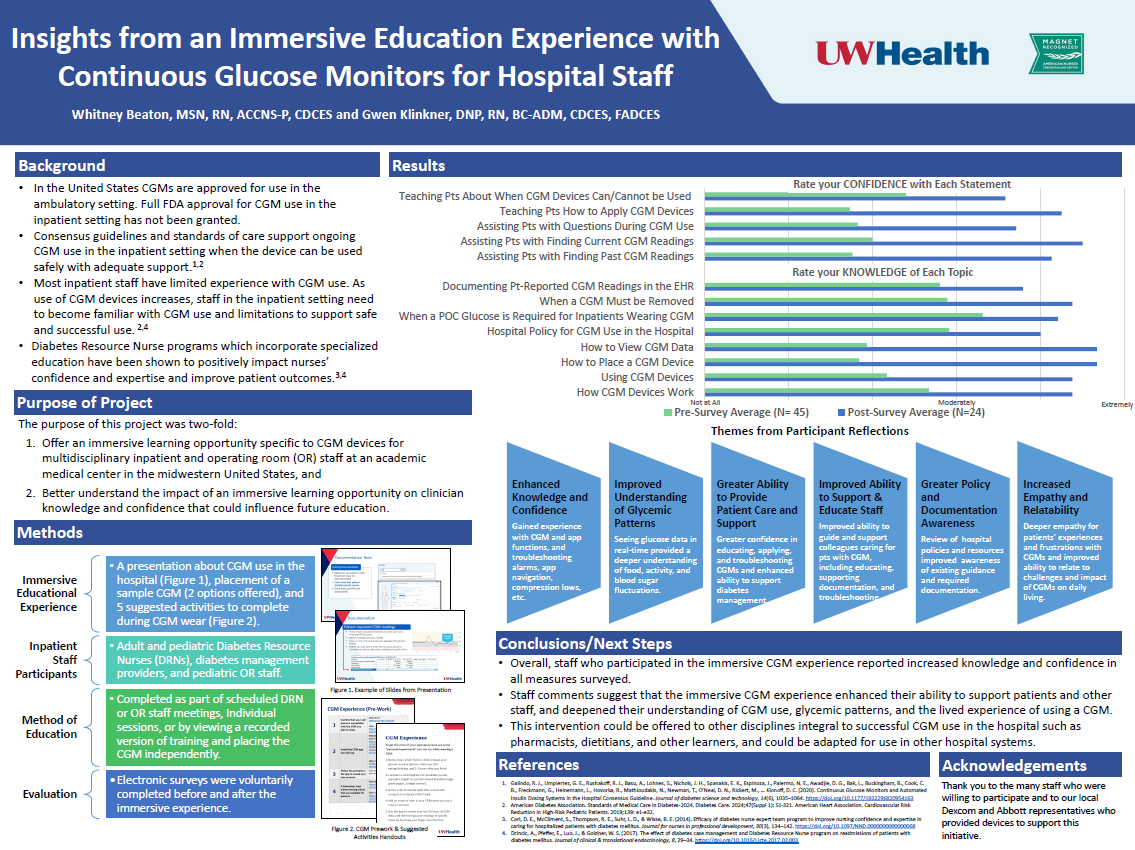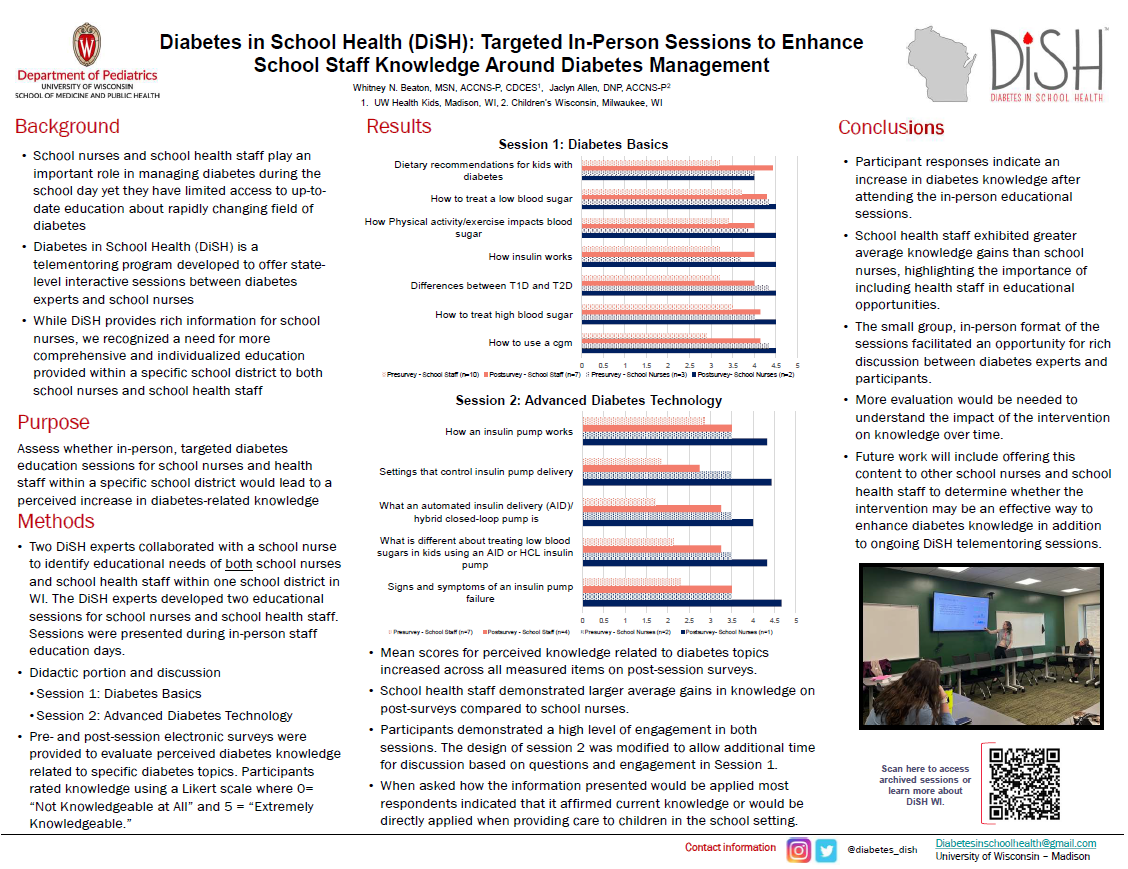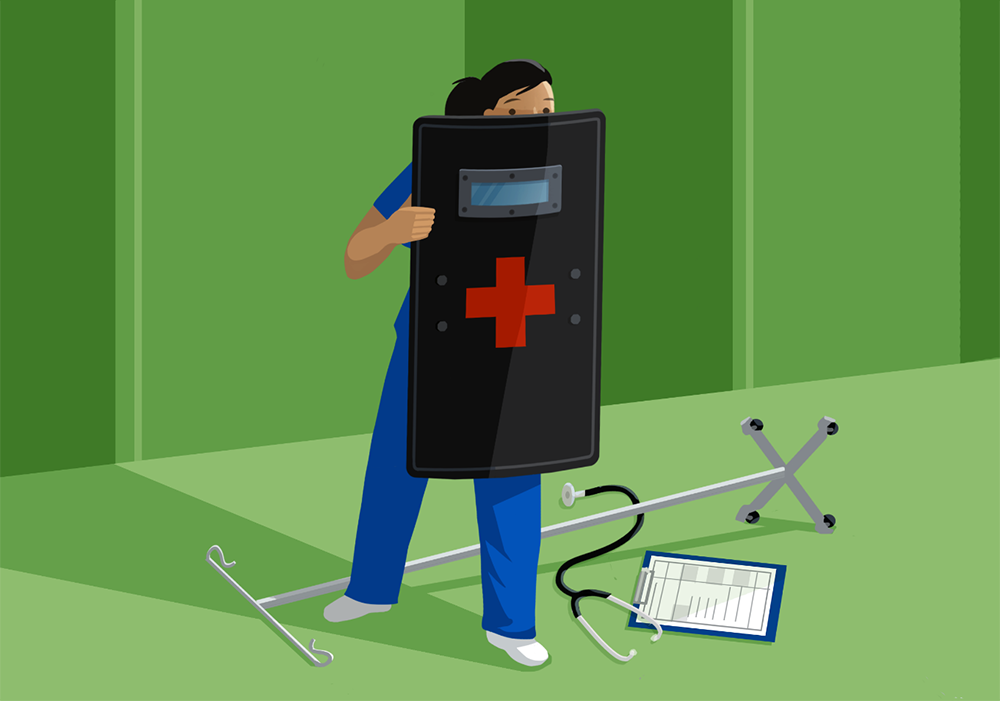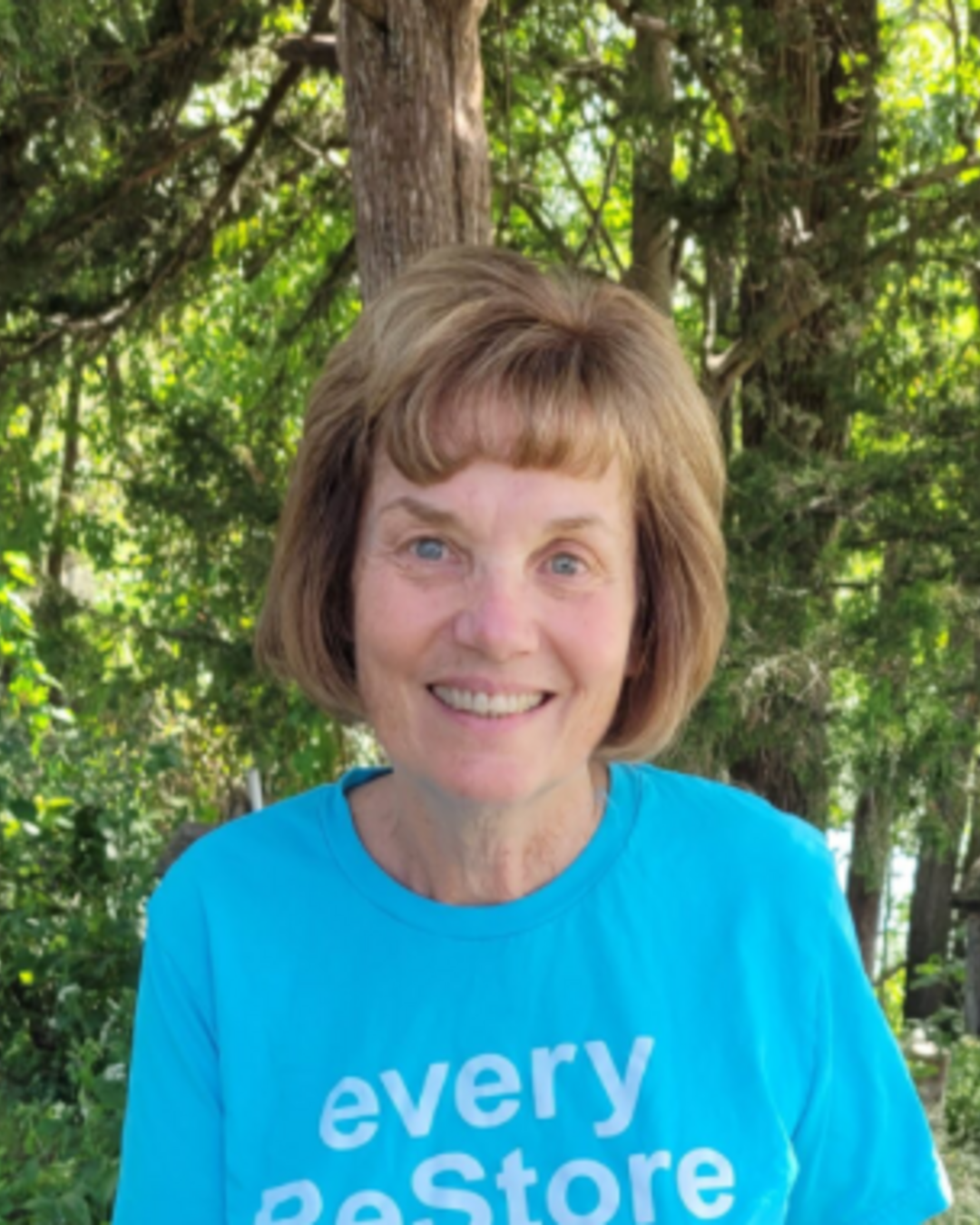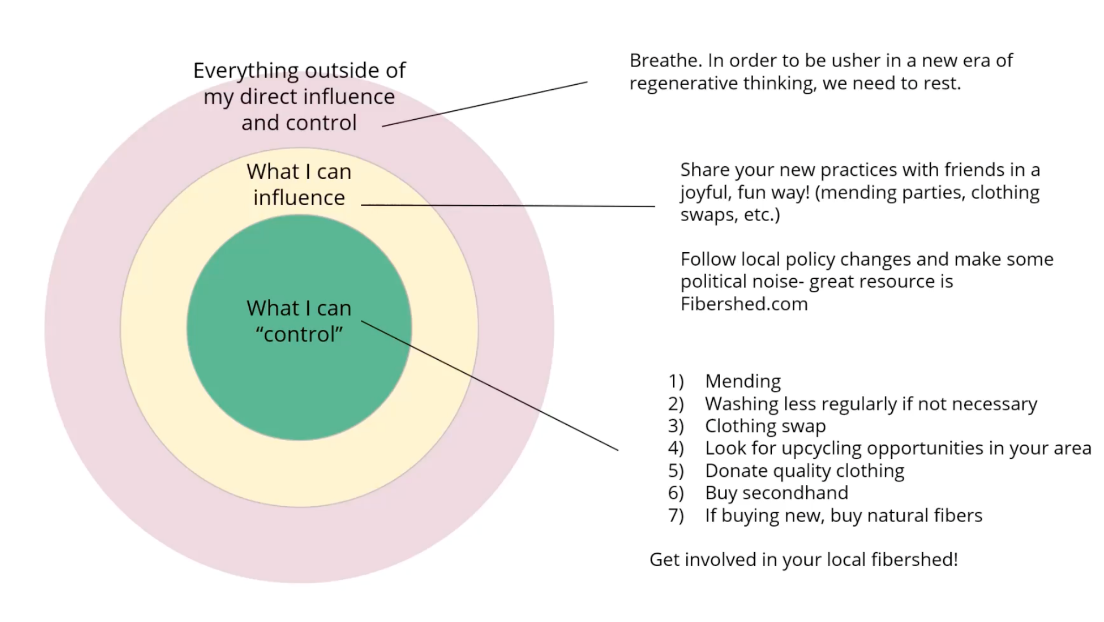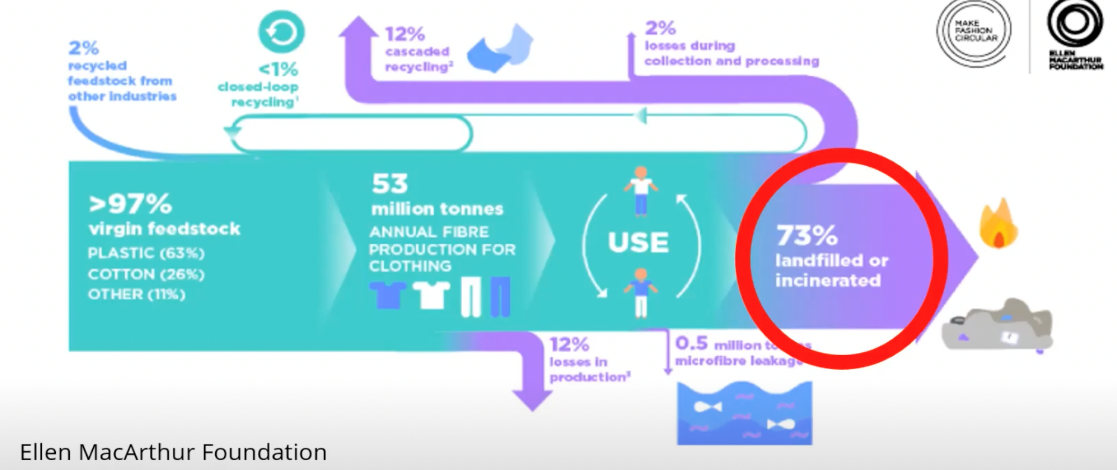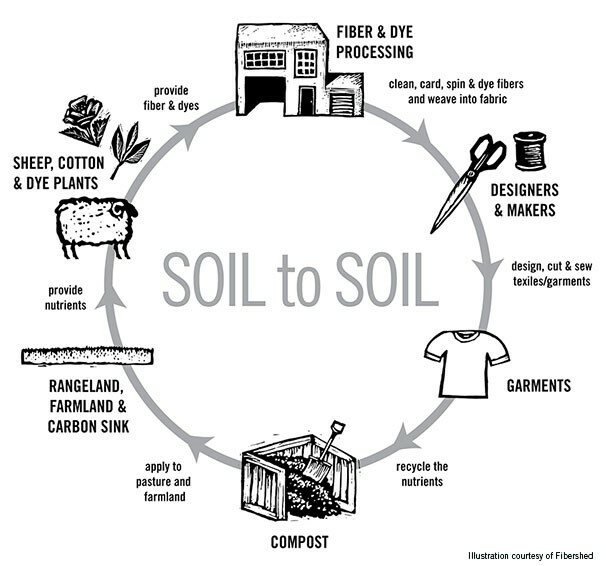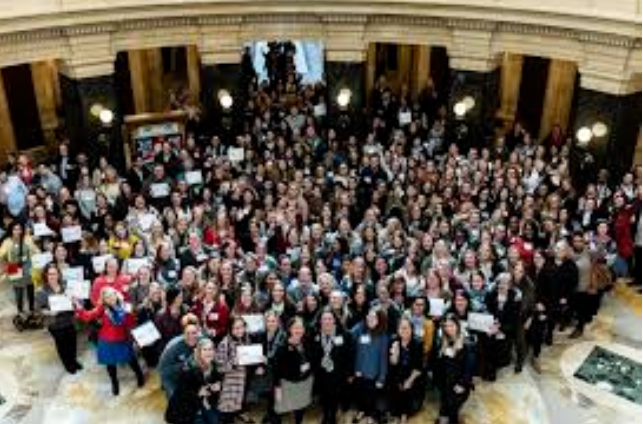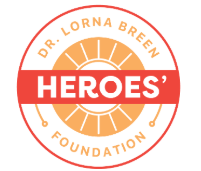I have been following this story for a long time but found this hard because all of us need new clothes for the weather, big events, weight change, new jobs, new babies...........we love getting these new clothes. Yet excessive clothes are creating excessive pollution at the source, time of washing, time in drier, and time into the waste stream. Buying less and washing less are two easy places to start. This article provides a more comprehensive view of different fabrics, documentaries, and pollutants. The documentaries are especially convincing when you see how mountains of our clothes pollute other countries.
The contents of our wardrobes create unfashionably massive environmental issues. The apparel industry is responsible for about 8 % of carbon emissions and more than a third of the primary microplastic pollution junking up our oceans. Clothing manufacturing also gobbles up enough fresh water to fill 32 million Olympic-size pools every year. That's why more than two dozen major brands have signed a UN pledge to cut carbon emissions by 30 percent by 2030. Zara and Uniqlo are among those jettisoning plastic shopping bags, while H&M and Converse are upcycling old clothes into new ones. Laws can also encourage better behavior---for example, France requires brands to reuse or recycle unsold inventory. Still, consumers hold a lot of power. Here are simple steps toward assembling a more sustainable wardrobe.
Or shop with one of Canopy's partners---brands like Levi's, Eileen Fisher, and C&A---which have set targets to eliminate old-growth forests from their supply chains. Levi's, H&M, and Banana Republic use some tree-free rayon fabrics---Refibra, NuCycl, and Circulose---made from recycled clothes and even farm and food waste. Beware viscose rayon labeled as "eucalyptus" or advertised as "natural" simply because it's from trees.
Most cotton is grown using gobs of synthetic chemicals and pesticides. Choose certified-organic cotton clothing and look for the Global Organic Textile Standard label, which guarantees chemical safety from farm to factory. You can also support brands like prAna, which is pledging to use 100 percent sustainable cotton by 2025 as part of a challenge overseen by the nonprofit Textile Exchange.
It takes an impossible-to-recycle combo of plastics, foams, rubbers, and glues to manufacture most of the 24.2 billion pairs of shoes created each year. The vast majority of shoes end up in landfills, where they leach plasticizers and heavy metals---your sneakers' foam padding alone can last up to 1,000 years in the dump. So choose shoes that can be resoled, donate those that are worn but not worn out, and buy footwear made from plant-based, recycled, recyclable, or biodegradable materials. Allbirds makes a foam outsole using bio-based plastics sourced from sugarcane, and Converse added a line of All Stars with a recycled-denim upper.
Clothes with easy-care qualities---resisting wrinkles, smells, moisture, or stains---can contain toxic chemicals. Stain resistance and waterproofing often come from a coating of fluorochemicals, which don't break down in the environment, and some wrinkle-free clothing is made using formaldehyde, a known carcinogen. "If something is easy-care or wrinkle-free, it should raise a flag that it could contain formaldehyde," says Ben Mead, managing director of Hohenstein Institute America, a textile-chemistry testing company. Seek out clothing with Bluesign or Oeko-Tex Standard 100 certification; these textiles have been tested for chemical safety. And if you need waterproof gear, get stuff labeled as non-perfluorinated, PFC-free, and PFAS-free.
Polyester, nylon, and acrylic are common materials used in clothing---and some of the main sources of plastic pollution. Of the estimated 1.5 million tons of primary microplastics contaminating oceans each year, about 35 percent originate in synthetic clothes. Laundry is one of the main culprits. You can use a microplastic-catching laundry bag like Guppyfriend or a Filtrol, a microplastic-filter attachment for your washing machine. Wash clothes on cold, as recent research indicates that shorter, cooler washes reduce microplastics' release by a third. Perhaps rethink your washing habits to decrease washing and increase air drying.
This article by Elizabeth Cline appeared in the November/December 2020 edition with the headline "Green Your Closet." https://www.sierraclub.org/sierra/2020-6-november-december/taste-test/smart-ways-greenify-your-closet
What is a Fibershed and how is it transforming the way we think about clothes?
A Fibershed is a relatively new grassroots effort that works toward lowering the negative effects of pollution, waste, and inhumane sweatshop work. Often, they are regionally based using relatively simple targeted strategies. Secondhand stores and clothing swaps work especially well when targeted. For example, these might be the targeted plan for one of the less complex Fibersheds:
-
Swaps for clothing and equipment to use in hockey, soccer, baseball, dance, and snow skiing. This swap might be organized by people in the sport for the families. I have seen swaps or sharing between schools, cities, clubs, and parks.
-
Secondhand clothing targeted for children, work, pregnancy, formal wear, and winter coats work well.
-
Promote air-dry clothes instead of clothes dryer.
Wisconsin has several Fibersheds so you might want to join their efforts.
The following list is a from a complex Ohio based Fibershed:
-
What clothes are the best to wear? The ones you already have!
-
Do the best you can with the resources you have.
-
Reduce microfibers from entering waterways and the atmosphere by washing your clothes less often, spot cleaning as needed, and air-drying clothing. Mend and patch to extend the life of clothing.
-
Have a clothing swap with friends and neighbors!
-
Buy less, skip the trendy fast fashion! Think about purchasing high-quality and lasting items, similar to heirlooms that can be passed on to loved ones.
-
Buy pre-owned clothing, sourced from local stores.
-
Purchase clothing made of natural fibers. Avoid petroleum-based fabrics such as nylon, polyester, and fleece.
-
Get involved in your local Fibershed community!
-
Be aware that clothing marked as stain-resistant or waterproof is often treated with fluorochemicals, formaldehyde, or other toxic chemicals. Clothing, particularly petroleum based, is often treated with flame retardant chemicals (PFAS). Your skin is a permeable organ that is being exposed daily to these harmful chemicals.
-
Donate quality clothing. Do not donate torn, soiled clothing that cannot be worn and will ultimately burden others.
-
Look for upcycling opportunities in your area or find a use for items that cannot be donated.
- More complex example of a Fibershed with expansive goals
Fibershed can be a geographical landscape that provides the resources and infrastructure to create local fabric (local fiber, local dyes, local labor).
Rust Belt Fibershed includes a 250-mile radius outside of Cleveland, Ohio including parts of Michigan, southern Ohio, Western Pennsylvania and Western New York. The goal is to build a community that collaboratively supports locally grown textiles in a way that decreases consumption of fast fashion and works to restore the soil. Rust Belt Fibershed aspires to connect everyone in all parts of our local fiber system: farmers, fiber processors--from large mills to home spinners, weavers, dyers and fiber artists--to designers, shop owners, consumers, and fiber enthusiasts. Through their efforts they hope to foster friendship, creativity, and a greater respect for our environment, as well as an understanding of the impact we share in our corner of the world.
- Unsustainable Processes with Fast Fashion
We must move away from a traditional linear system- based on extraction practices which is a system that thrives on more and faster, on unsustainable use of resources, we often lose the connection with the land, each other, our values, and even ourselves. Each point in the linear system is designed to be siloed, moving in one direction with the end-of-life clothing ending up in one place- the incinerator or the landfill.
Textiles made from plastic fibers are responsible for microplastic shedding at every stage of their life: when they're worn, when they're washed, and when they're disposed of.
A more sustainable, circular economy that allows for the inclusion of creative ideas, alternative means of production, local labor, local resources, place-based clothing, beneficial textiles, and a system that values people and not abundance.
One Fibershed in Ohio invited members to join one of these projects:
-
Closet Survey for Climate Health
-
One Year, One Outfit Project
-
The Rust Belt Linen Project
-
Rust Belt Alpacas Project
I believe that documentaries are especially valuable when the topic is new to us. The issues around clothing choices include carbon footprint, water waste, water pollution, unsafe work, and soil waste.
The global demand for fashion and cheap clothing has risen at an unprecedented rate that the fashion industry now accounts for 10% of global carbon emissions while contributing to nearly 20% of global wastewater. What's more, the world at large generates an estimated 92 million tons of textiles waste every year, which is expected to soar up to 134 million tons a year by 2030. But how did we get to this point? Environmentalists and filmmakers have shed light on the terrible working conditions in developing countries in order for people to enjoy cheap clothing, driving our reckless consumption habits. These are some of the best fast fashion documentaries illustrating the environmental and social impacts of the fast fashion industry, as well as solutions in breaking the cycle.
Must-See Fast Fashion Documentaries
Canadian conservationist, professor and paddler Mark Angelo embarks on an unprecedented three-year river journey around the world. What he ends up unveiling during his expedition is the shocking damage and pollution of the global fashion industry has done to our rivers and water sources. In this revelatory documentary, discover shocking statistics including how we consume 2,700 liters of water to produce one cotton shirt -- which is enough to sustain a human being for almost three years -- and how we're contributing monumental amounts of wastewater from fabric dyeing and treatment. Narrated by clean water supporter Jason Priestley, RiverBlue sheds light not only on the toxic materials that get dumped in our waterways, but offers solutions to reevaluate our consumption practices to ensure a sustainable future, making it one of the best fast fashion documentaries to watch.
- Made In Bangladesh (2019)
The hero of this documentary is Shimu, a 23-year-old textile worker who fights for fair labour rights following the death of a co-worker at the factory that she works at in Bangladesh. See her contentious struggles against management and disapproval of her husband, and her unwavering will to fight for her fellow female workers to ensure safe working conditions. Made in Bangladesh is an earnest portrait of social rebellion and a powerful feminist statement to boot, and it should be on everyone's must-watch list of fast fashion documentaries.
If you only watch a film about fast fashion, make it this one. The True Cost pulls back the curtain on how we truly pay the price for our clothing, especially as fashion is produced more rapidly and in massive, wasteful quantities. The groundbreaking fast fashion documentary covers everything from the environmental costs and impacts of our current global fashion industry, the labor rights abuses in developing countries, as well as delving into how genetically modified cotton is related to cancer incidence and suicide. Interspersed with interviews from the world's leading voices including Stella McCartney, Livia Firth and Vandana Shiva, the film will force viewers to look at their clothes and habits in a whole new perspective.
This British documentary follows the daily lives of three female workers who make clothes for popular high street brands like Primark, H&M and Zara in the garment factories of Dhaka, Bangladesh, as well as the boss of a trade union to illustrate how the fashion industry makes huge profits at the expense of their workers. Directors Hannan Majid and Richard York provide a deeply personal account of the workers' stories and the uphill battles in which they face to improve their working conditions and fair wages.
A semi follow-up to The Machinist, Udita focuses on the lives of the women at the center of a grassroots movement in the garment industry. Over the course of five years, these inspiring women have braved through beatings, sacking, arrests, and the 2013 Dhaka garment factory collapse -- which caused the death of 1,134 workers to experience the protection that they enjoy today. Experience the long fight through the eyes of the unions' female members, workers, and leaders as the film calls for the end of exploitation of garment workers around the world.
Is green the new black? That is the question this documentary attempts to answer as it explores innovative solutions and technologies that will likely reshape the future of fashion. The Next Black dives into the world of sustainable fashion and ways in which we can make it more accessible, as well as championing leaders of the "slow fashion" movement. The film is also packed with interviews with designers and innovators sharing their passion for fashion and the environment, providing a fresh, and in many ways, hopeful snapshot of our fashion industry.
UK-based filmmaker Meghna Gupta takes audiences on a journey from Western and developed countries to India's industrial interiors, unravelling in the process just how our discarded clothes get recycled and repurposed into yarn. This 14-minute short film puts a spotlight on a recycling facility in India where clothing and goods from the fast fashion industry end up, and reveals the unique alert, they think there's a water shortage. Seeing the situation through their eyes forces us to realize how recklessly we treat our garments and how wasteful the industry as a whole has become.
https://earth.org/fast-fashion-documentaries/
The article has drawn from good sources but this is a fast-moving market with many efforts to provide a positive public view. Take your time to learn more. The choices we make for ourselves, families, and community matter. Nurses have a unique role as a well-respected community member. In the work setting we are leaders and can impact purchasing through policy changes. Reusable materials are the first step to a sustainable cycle therefore cotton gown instead of plastic gown would be preferred.
When I was in practice, I found the Wisconsin Environmental Health Network (https://www.wehnonline.org/) was the most powerful change agent by bringing together experts in practice and researchers to improve our choices for medical supplies to lower pollution. Their conference is held around March each year but often you can get copies of the presentations. See the opportunities. Be open to learning more.









